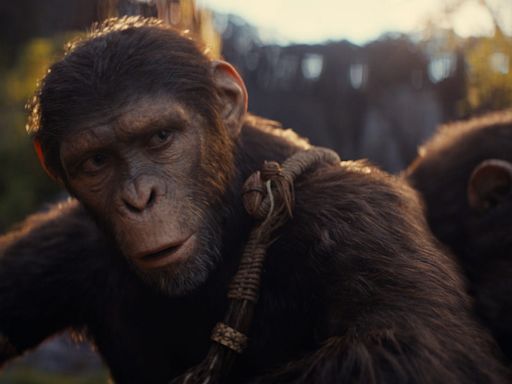Search results
Nov 7, 2023 · The Green Man is one of the most mysterious and controversial mythological figures in the world. And we do mean “the world” as this character doesn’t belong to just one mythology. Instead, the Green Man can be found in dozens of different cultures and religions across multiple continents.
Jan 15, 2021 · January 15, 2021. Posted by: Stephen Winick. Share this post: The Green Man, a character from traditional folk culture, has captured the imaginations of many in the modern world. Books, articles, and websites on the Green Man abound, each of them looking at the figure from its own perspective.
Grandview Cemetery, Beaver Falls. Other names. The Green Man, Charlie No-Face. Raymond Theodore Robinson (October 29, 1910 – June 11, 1985) was a disfigured American man whose years of nighttime walks made him into a figure of urban legend in western Pennsylvania.
Oct 20, 2017 · By Gabe Paoletti. Published October 20, 2017. Updated November 7, 2023. What you might not know is that The Green Man, also known as Charlie No-Face, was a real person — a Pennsylvania man named Raymond Robinson.
Feb 17, 2021 · In this post, we’ll find out what the term “Green Man” referred to before Lady Raglan borrowed it, and how it came down to modern times, to Lady Raglan’s day and beyond. To do this, we can rely partly on a crucial but rarely cited article, Brandon Centerwall’s “The Name of the Green Man .”.
The name ‘Green Man’ was first used by Lady Raglan in March 1939 in an article she wrote for the ‘Folklore’ journal; before this, they had been known just as ‘foliate heads’ and no-one had paid them any particular attention. Green Men are usually found on religious buildings but not always: the Green Man is also a popular name for ...
Encyclopedia of Occultism and Parapsychology. The Green Man A mysterious legendary character in British folklore dating back to medieval times, deriving from a pagan god of vegetation and the woodlands. Although his origins are shrouded in antiquity, he may also be related to myths of the Arcadian goat-god, Pan.

